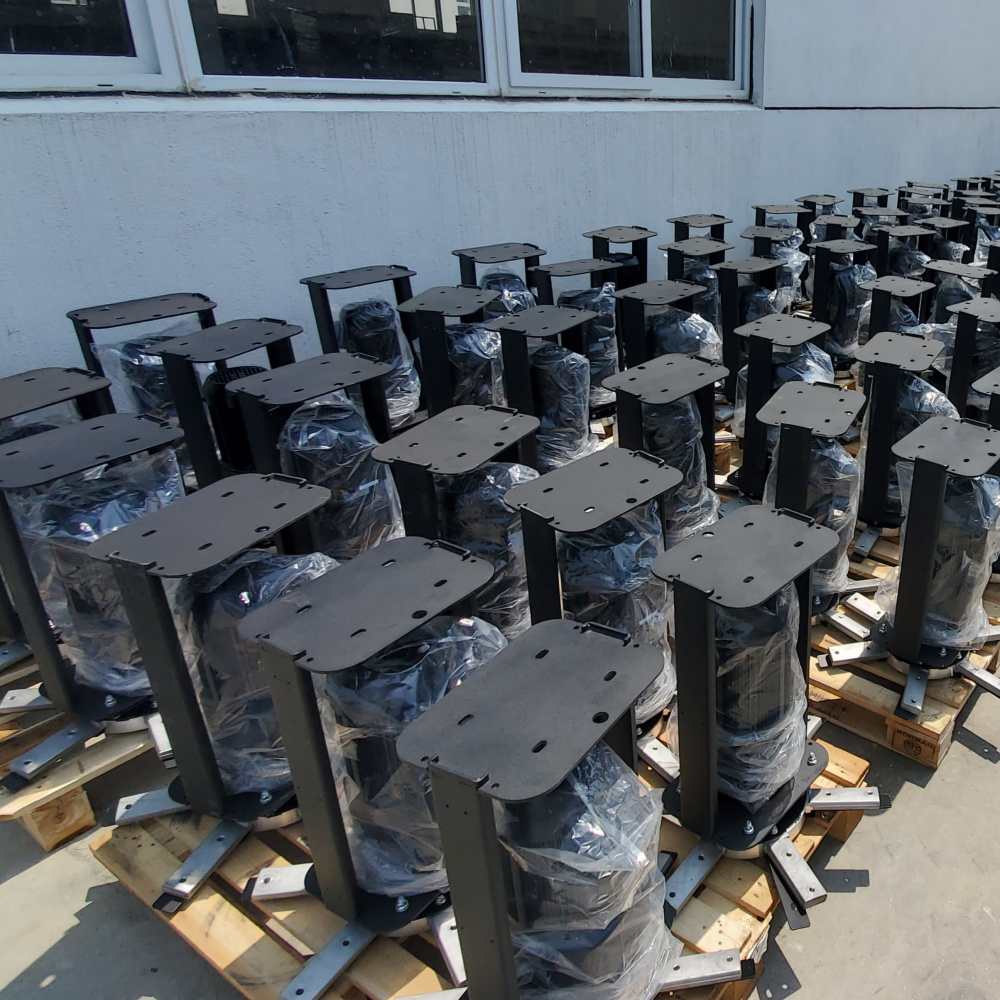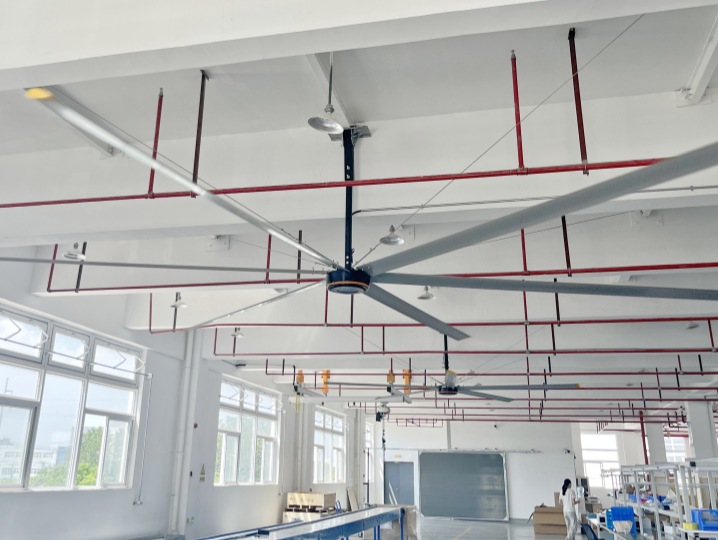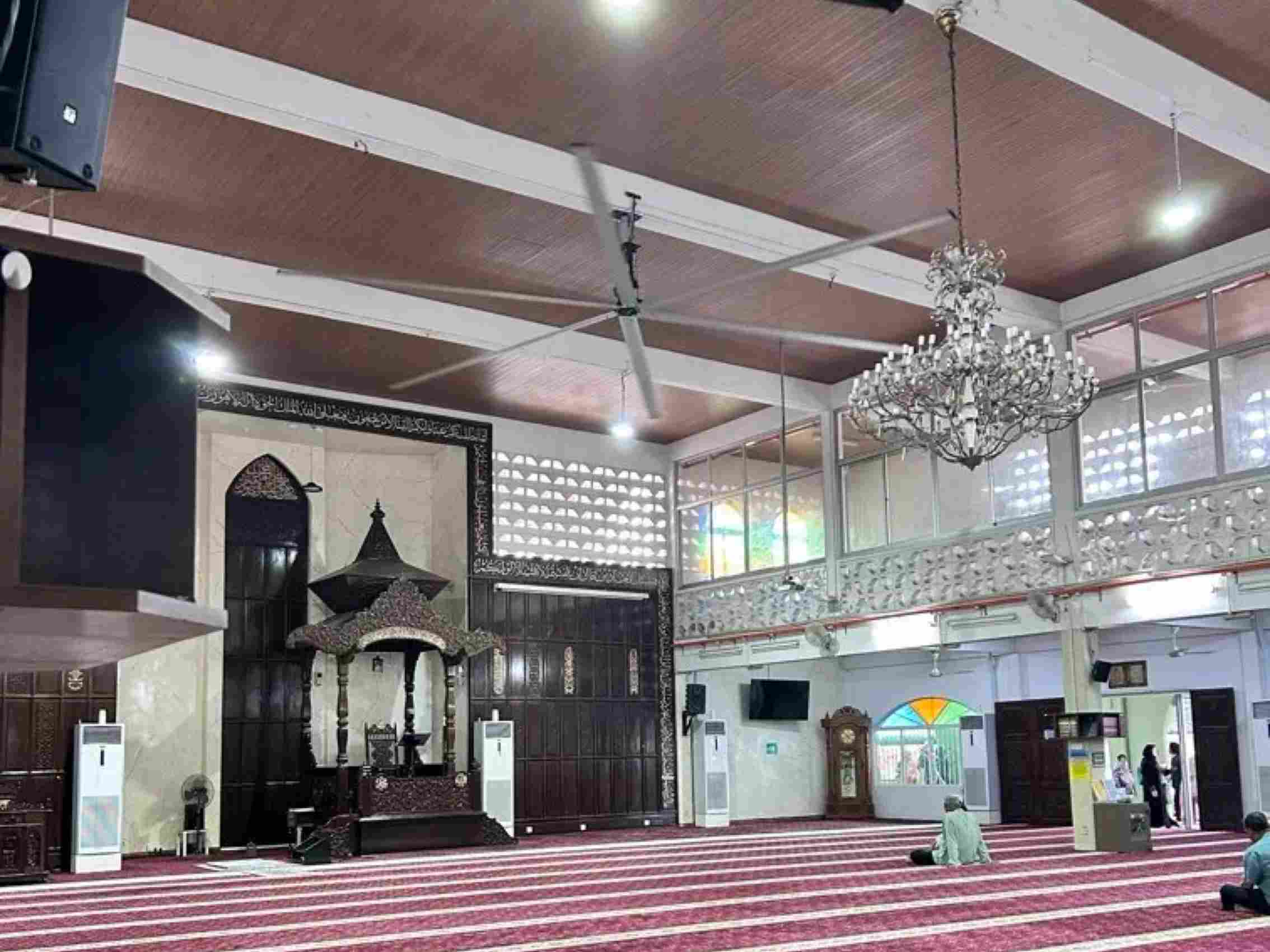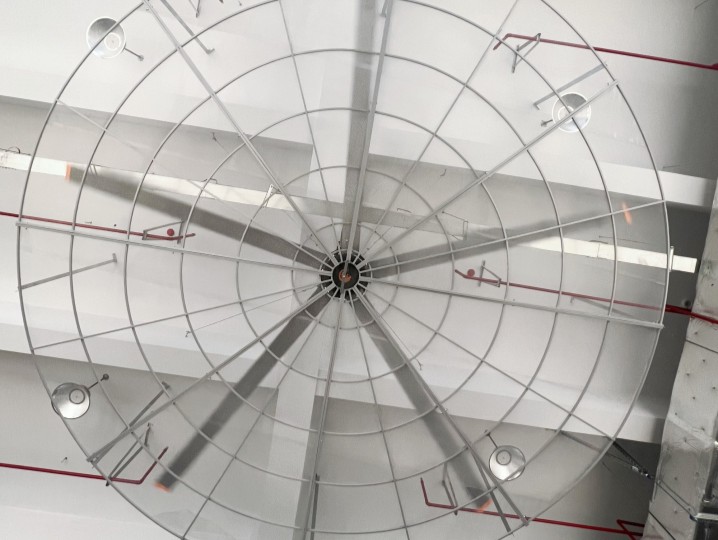DC Industrial Fans vs. AC Industrial Fans
Industrial fans are crucial for maintaining proper ventilation and temperature regulation in various settings such as factories, warehouses, and commercial spaces. Two common types of industrial fans are Direct Current (DC) fans and Alternating Current (AC) fans. Each has unique characteristics that make it suitable for specific applications. This article compares the two types, focusing on their design, functionality, and application scenarios.

Key Features of DC Industrial Fans
DC industrial fans are powered by direct current electricity. They have gained popularity due to their energy efficiency and adaptability.
Energy Efficiency
DC motors consume less power than AC motors, making them more energy-efficient.
Ideal for facilities aiming to reduce energy costs and carbon footprints.
Variable Speed Control
Equipped with advanced controllers, DC fans offer precise speed adjustments.
Ensures optimal airflow based on changing environmental conditions.
Quiet Operation
DC fans generate less noise compared to AC fans, enhancing comfort in noise-sensitive areas.
Compact Design
DC motors are generally smaller and lighter, making these fans easier to install and maintain.
Key Features of AC Industrial Fans
AC industrial fans are powered by alternating current electricity. They are widely used due to their robustness and cost-effectiveness.
Simplicity and Reliability
AC fans have a straightforward design with fewer components, resulting in high reliability.
Suitable for harsh industrial environments where durability is crucial.
High Power Output
AC motors can handle higher loads, making AC fans ideal for large-scale ventilation needs.
Cost-Effectiveness
AC fans typically have lower upfront costs compared to DC fans.
Widely available components reduce maintenance expenses.
Compatibility
Designed to work seamlessly with standard power supplies, making installation straightforward.
Comparison of DC and AC Fans
| Feature | DC Industrial Fans | AC Industrial Fans |
|---|---|---|
| Energy Efficiency | High | Moderate |
| Speed Control | Precise | Limited |
| Noise Level | Low | Moderate |
| Installation | Lightweight, compact | Heavier, robust |
| Upfront Cost | Higher | Lower |
| Maintenance | Requires specialized parts | Easier, widely available parts |
Application Scenarios
DC Fans
Best for energy-sensitive applications, such as green buildings and facilities with renewable energy systems.
Suitable for environments requiring quiet operation, such as offices and research labs.
AC Fans
Ideal for heavy-duty industrial settings where high power output is essential.
Commonly used in large-scale manufacturing plants and facilities with stable power supplies.
Future Trends
The demand for DC fans is expected to grow as industries prioritize energy efficiency and sustainability. Advancements in motor technology and the integration of smart controls will further enhance the performance of both DC and AC fans, bridging the gap in their applications.
Conclusion
Choosing between DC and AC industrial fans depends on the specific requirements of the facility. DC fans excel in energy efficiency and precision, making them ideal for modern, energy-conscious applications. AC fans, with their robustness and cost-effectiveness, remain a reliable choice for traditional industrial environments. Understanding these differences will help businesses select the most suitable option for their ventilation needs.
 New Year Holiday Notice
New Year Holiday Notice
 Large Ceiling Fans: The Soluti
Large Ceiling Fans: The Soluti
 Enhancing Public Comfort with
Enhancing Public Comfort with
 Fall Prevention Measures for L
Fall Prevention Measures for L
